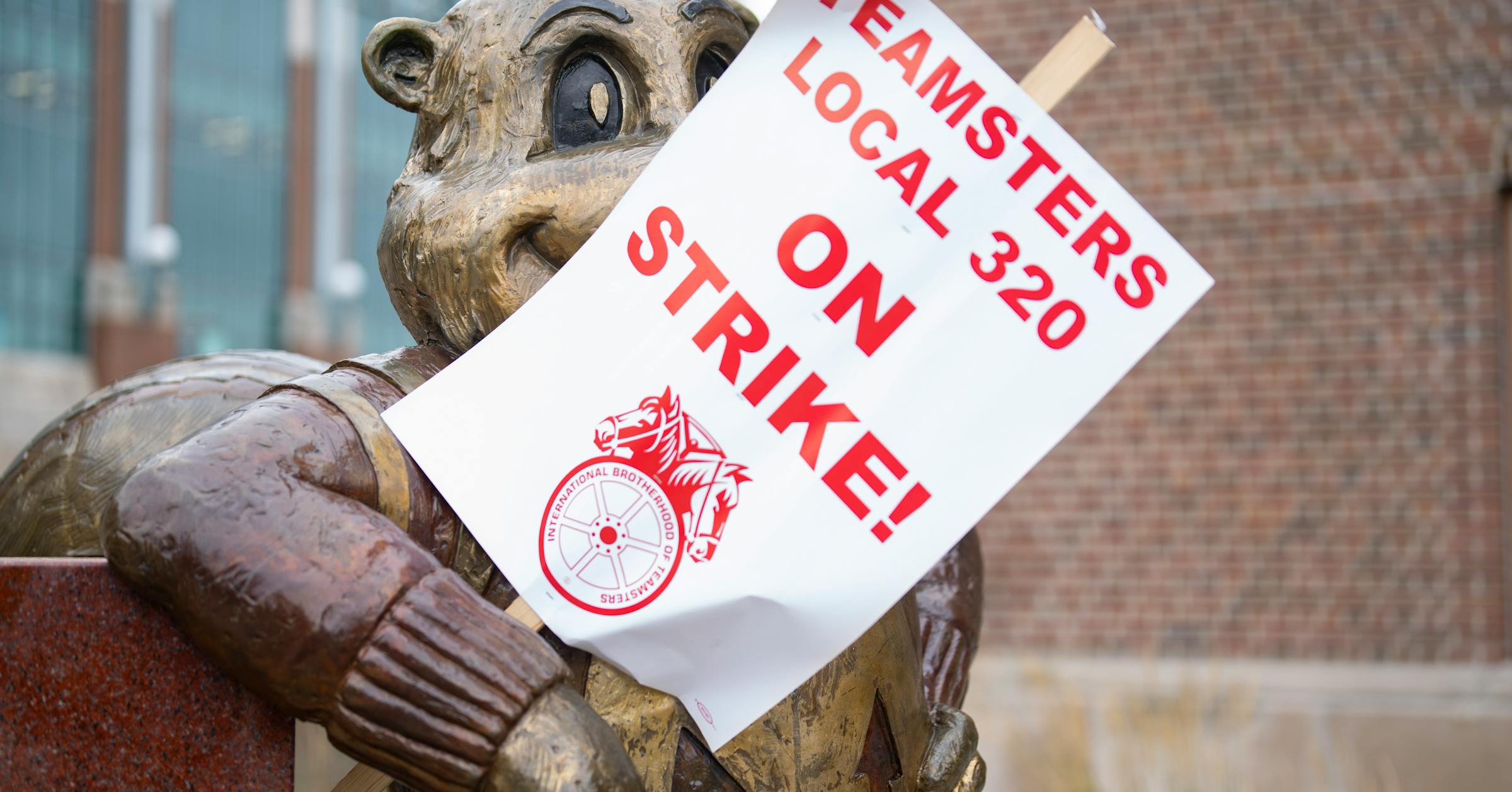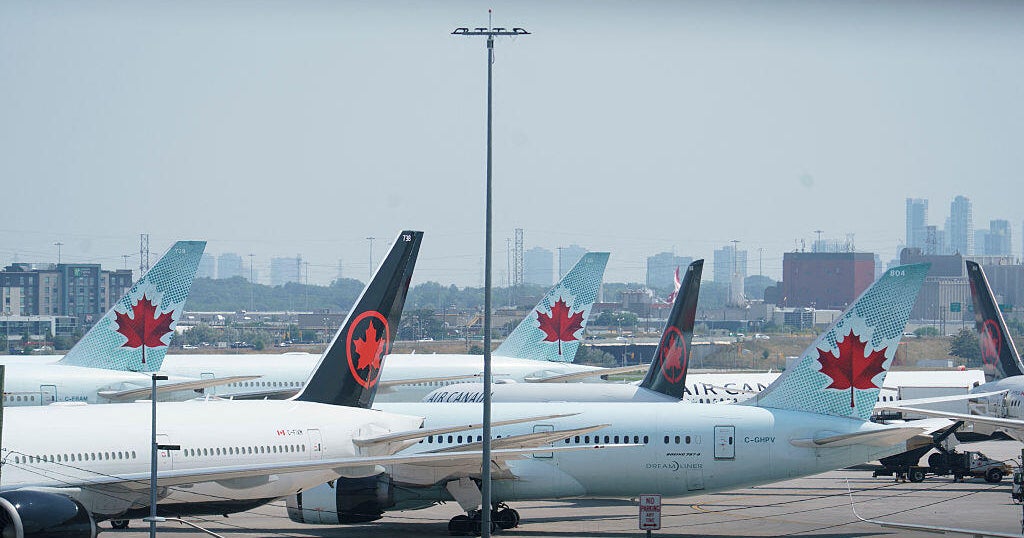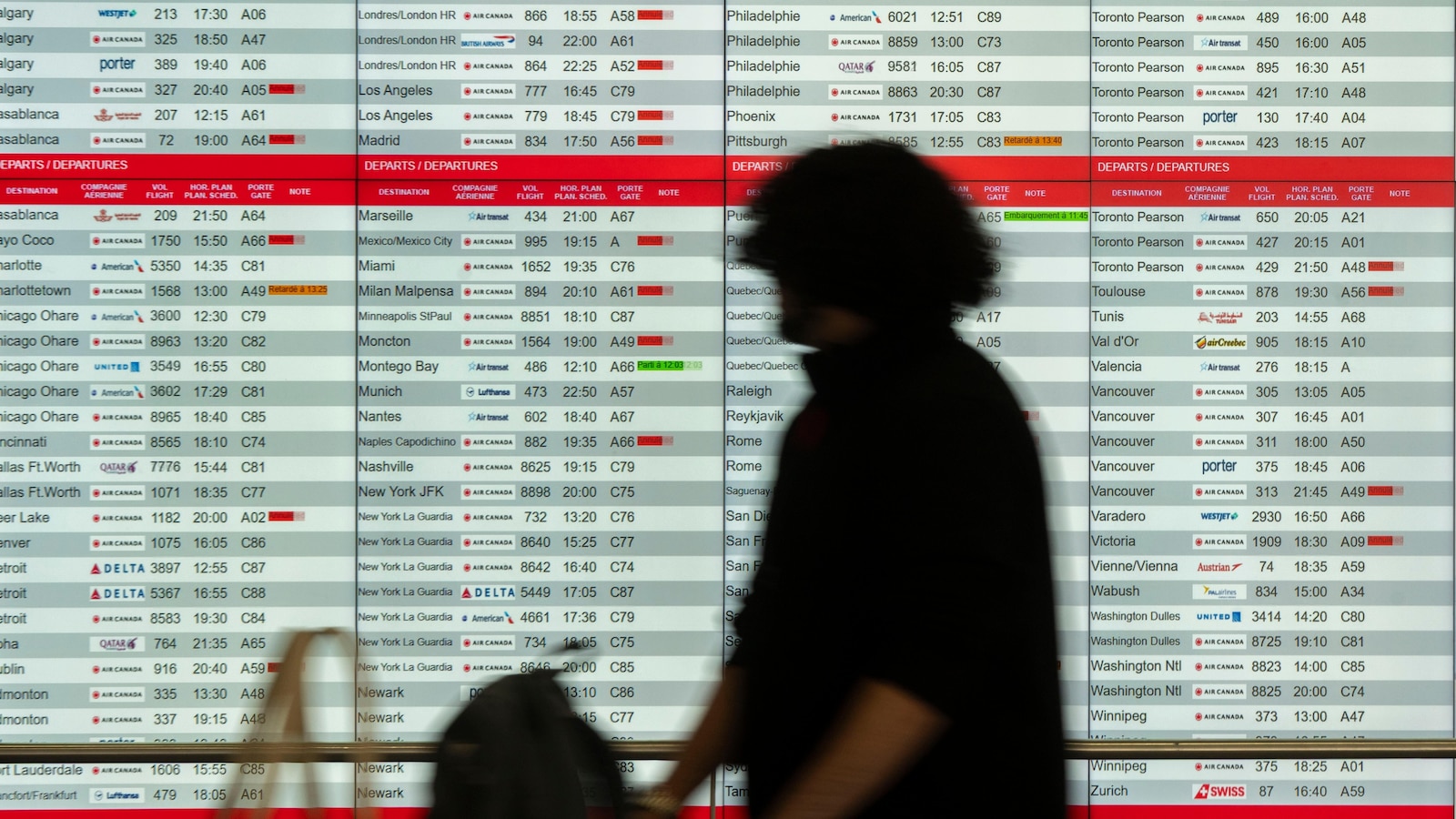University of Minnesota and Teamsters Reach Deal to End Strike Threatening Farm Aid Concert
#university_of_minnesota #teamsters #strike #farm_aid #labor_practices

Introduction
The University of Minnesota and the Teamsters have reached a deal to end the strike that was threatening to cancel the Farm Aid concert at Huntington Bank Stadium on September 20. This agreement comes after weeks of negotiations between the university and the union representing food service workers. The strike, which began on August 26, was in response to the university's outsourcing of food services to a private contractor.
Key Details
The strike was causing concern for the annual Farm Aid concert, which raises funds for struggling farmers. With this deal, the concert will go on as planned, and attendees can enjoy performances from musicians such as Willie Nelson and Neil Young. The concert is expected to bring in over $2 million for local farmers. This agreement also includes wage increases and benefits for the food service workers, providing job security and better working conditions.
Impact
This deal not only ensures the success of the Farm Aid concert, but also highlights the power of collective bargaining and the importance of fair labor practices. It serves as a reminder to universities and other institutions that they have a responsibility to their employees and the community. The Teamsters and the University of Minnesota have set an example of cooperation and compromise, ultimately benefiting both parties and the local community.
About the Organizations Mentioned
University of Minnesota
The **University of Minnesota (UMN)**, founded in 1851 in Minneapolis, is a premier public land-grant research university known for its comprehensive academic offerings and groundbreaking research. Initially established seven years before Minnesota became a state, UMN overcame early financial challenges with vital support from donors like John S. Pillsbury, known as “The Father of the University” for saving it in the late 19th century[1]. UMN operates a five-campus system across Minnesota, with its flagship Twin Cities campus serving nearly 57,000 students, including a large in-state population. The university's mission centers on **Research and Discovery, Teaching and Learning, and Outreach and Public Service**, preparing students to thrive in a global society and addressing pressing societal challenges[3][5]. Historically, UMN pioneered many academic and research milestones: it was the first U.S. state university to offer a mortuary science program (1908) and established the nation's first continuous university nursing school (1909)[1]. The Twin Cities campus notably expanded in the mid-20th century, marked by major innovations such as the world’s first successful kidney-pancreas and living donor pancreas transplants, and the first bone marrow transplant with a matched donor[2]. It also created the first university department of American Indian Studies and African American Studies, reflecting leadership in diversity and inclusion[2]. Research excellence is a hallmark: the university ranks 10th among U.S. public research institutions and spends over $1.2 billion annually on research, covering fields like biotechnology, environmental science, and agriculture. UMN developed significant innovations such as the pacemaker, Honeycrisp apple, and Lyme disease vaccine for dogs[2][3]. Its commitments extend beyond academia with active community engagement and public service throughout Minnesota[5]. Today, UMN is a global leader in technology and business-related research, sustaining a vibrant ecosystem of innovation and education that shapes industries and improves lives worldwide
Teamsters
The International Brotherhood of Teamsters (IBT), commonly known as the Teamsters, is one of the largest and most influential labor unions in the United States, representing a diverse workforce in both the private and public sectors[4][5]. Established in 1903 through the merger of the Team Drivers International Union and the Teamsters National Union, the organization initially organized horse-drawn deliverymen, but quickly adapted to the rise of motorized trucking, becoming a powerhouse in the transportation industry[3][4]. By the 1930s, the Teamsters were organizing not only truck drivers but also workers in laundry, dry-cleaning, beverage, and newspaper delivery, rapidly expanding their membership and influence[1]. Under the 45-year leadership of Daniel J. Tobin (1907–1952), the Teamsters grew from 40,000 to over one million members, making it the nation’s largest union by 1940[4]. Subsequent leaders like Dave Beck and James Hoffa centralized the union’s structure and negotiated nationwide freight-hauling agreements, further cementing its economic and political clout[4]. The union’s reputation, however, has been marred by periods of corruption and organized crime ties, most notably during the Hoffa era, which led to increased federal scrutiny and reforms in later decades[6]. Today, the Teamsters represent nearly 1.3 million members across the U.S., Canada, and Puerto Rico, with nearly 1,900 local affiliates covering a wide range of professions—from truck drivers and warehouse workers to airline pilots, health care professionals, and even zoo keepers[5]. The union is renowned for negotiating strong contracts that secure higher wages, better benefits, job security, and retirement plans for its members compared to non-union counterparts[5]. In recent years, the Teamsters have focused on modern challenges, including the impact of automation and the gig economy on traditional jobs. They remain a formidable force in labor negotiations
Huntington Bank Stadium
Huntington Bank Stadium is a major outdoor sports venue located on the University of Minnesota campus in Minneapolis. Opened in 2009 after three years of construction costing $303.3 million, it serves as the home field for the Minnesota Golden Gophers football team competing in the Big Ten Conference[1][4]. The stadium was notable as the first new Big Ten football stadium since 1960 and the first NCAA FBS stadium built since 2006. It features a horseshoe design with a seating capacity of 50,805, designed for future expansion up to 80,000 seats[1]. The facility was constructed using high-quality materials including precast concrete and natural stone accents, and incorporates a Kentucky Bluegrass playing surface with an underground heating system to prevent freezing and extend turf longevity[2]. It holds the distinction of being the first LEED-certified college football stadium in the United States, reflecting its sustainable design and environmental commitments[4]. The stadium also includes the largest home locker room in college or professional football, a private recruiting room, and one of the largest high-definition video boards in college sports, which enhances fan experience[1][4]. Beyond college football, Huntington Bank Stadium has hosted significant events such as Minnesota Vikings NFL games (2014–15), Minnesota United FC soccer matches (2017–18), NHL Stadium Series hockey, international soccer matches, and major concerts by artists like U2, Beyonce, and the Rolling Stones, making it a versatile and prominent venue in the region[1][4]. The stadium’s renaming to Huntington Bank Stadium followed a partnership with Huntington National Bank, a super-regional bank headquartered in Ohio with deep community roots. Huntington Bank is also the official banking partner of the Cleveland Browns, holding naming rights to their stadium (Huntington Bank Field) in Cleveland under a 20-year agreement. This partnership emphasizes community investment, brand elevation, and shared values in service and sustainability[3][6]. Overall
Farm Aid
Farm Aid is a nonprofit organization dedicated to supporting family farmers in the United States. Founded in 1985 by musicians Willie Nelson, John Mellencamp, and Neil Young, the organization's mission is to build a vibrant, family farm-centered system of agriculture in America[6]. The idea for Farm Aid was sparked by Bob Dylan's remarks at the Live Aid concert, highlighting the struggles of American farmers facing mortgage debt and financial hardship[2]. ### History and Key Achievements Farm Aid's first benefit concert was held on September 22, 1985, in Champaign, Illinois, raising over $9 million for U.S. family farmers[2]. Since then, the organization has raised nearly $60 million to promote a strong and resilient family farm system[1]. Farm Aid provides immediate support to farm families in crisis through its hotline and online resources, connecting them with organizations offering legal, financial, and mental health services[3]. The organization also works with local, regional, and national groups to promote fair farm policies and grassroots campaigns[3]. ### Current Status In 2025, Farm Aid marked its 40th anniversary, celebrating four decades of progress and support for family farmers amidst economic and environmental challenges[4][5]. The organization continues to amplify the voices of family farmers, connecting them to resources and advocating for policy changes that support sustainable agriculture[4]. ### Notable Aspects Farm Aid is notable for its annual benefit concerts, which bring together artists, advocates, and fans to raise awareness and funds for family farmers. The organization's focus on sustainable agriculture and local food systems has also made it a leader in promoting environmentally friendly farming practices[8]. Through its work, Farm Aid has become a powerful advocate for family farmers, helping to ensure their survival and prosperity in the face of corporate consolidation and climate change[4].









